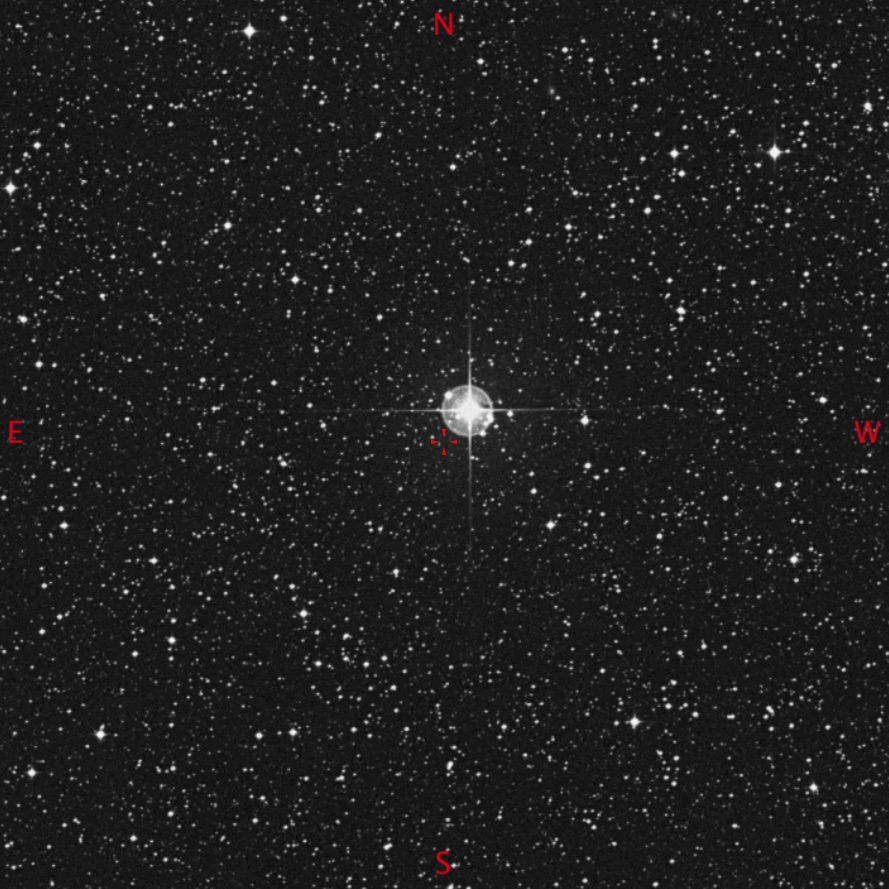…and the clear nights continue to roll 🙂
Session Stats
- Date: 13/10/2015
- Time: 19:19 – 22:25 UT
- Seeing: II Mostly Stable,
- Transparency: I Extremely Clear,
- Temp:10.0c,
- Pressure: 1011mb,
- Humidity: 79%,
- Dew Point: 3.0 ,
- Wind: 6.0mph,
- SQM: 18.3
- NELM: 5.0
Collinder 401

In the Altair 250mm f/8 RC, 40mm Plossl, 51 X, 52′ West is to the 9 O’Clock.
I planted the scope on target and was expecting to see something that looked like an open cluster. NOTHING. So I checked the star field on Skysafari on the iPad and couldn’t make sense of what that showed, with what I was looking at through the eyepiece. I slewed around to a bright star just to check the pointing – Yup, the scope was pointing at what it was supposed to, so back to CR401. At the centre was a big bright bugger of a star, but the rest of the starfield looked really random and still Non-Cluster like.
I then fired up Skytools and saw in the notes the following entry. ‘This cluster apparently does not exist.’ Great….one of those non existent observations. I then looked at the size of this thing. It said 1 arc/min in dia….you have got to be kidding!!! Open clusters do not contain just two stars!!!! This is M40 all over again.
Changing to the Altair 250mm f/8 RC, 10mm Delos, 203 X, 21.3′
Downloading a 30 arc/min DSS image, confirmed that all this cluster really contains is this one bright star….well actually it’s a double of of 7.2 and 9.4 mag and within the 1 arc/min circle, there is only one other object – an orange/red 14.2 mag star, which I wasn’t able to see.
OFFS!
Collinder 444, NGC7209

In the Altair 250mm f/8 RC, 40mm Plossl, 51 X, 52′ West is to the 6 O’Clock.
There is a bright 6.2 mag star 14 arc/min to the North. The cluster appears to be contained within a 13 arc/min circle and forms a upright triangle with the point to the South and I count about 40 stars of similar brightness ranging from 9.7 to 10.5 mag. There appears to be an upright rectangular dark void from the base of this triangle into the core, which is quite distinctive.
If I zoom out with the TMB 80 f/6, 26mm Plossl, 18 X, 2.8° The bright start to the North is contained within another close grouping of stars that form a ‘C’ shape. This is close enough to the target object that on first looking you would think that this second grouping is part of the cluster. OFFS!
Collinder 470

In the Altair 250mm f/8 RC, 14mm Delos, 145 X, 29.8′ wesy is to the 5 O’Clock.
At the centre of the FOV is a 9.7 mag star and just off to the South, 4 arc/min away another of 9.6 mag. There is a hint of faint hint of nebulosity surrounding the first star, but I think I’m seeing it because I know it’s there. I tried the view through the UHC, but this didn’t reveal anything more. As for the Cluster itself, the Southern side of the eyepice is filled with about seven 11.0 mag stars.
If I switch to the TMB 80 f/6, 26mm Plossl, 18 X, 2.8° what does become apparent is a dark void running ESE towards a bright star of 7.5 mag 13 arc /sec from the centre, and in the other direction out of the FOV. I guess I’m seeing the dust obscuration that this pretty little nebula – if i could see it – sits in.
NGC7000

In the Opticron 8×42 Natura, 8 X, 6.2° and looking right up at the Zenith, I can see Cygnus. If I place Deneb at the 4 O”Clock on the edge of the FOV and scan the binos towards the 10 O’Clock. You come across an elongated area of brighter stars running in a 2 to 8 O’Clock directions. This forms the middle of North America where you can then scan around to follow the coastline all the way around.
After half an hour of dark adaption you can just about make out the shape of this nebula with your naked eye.